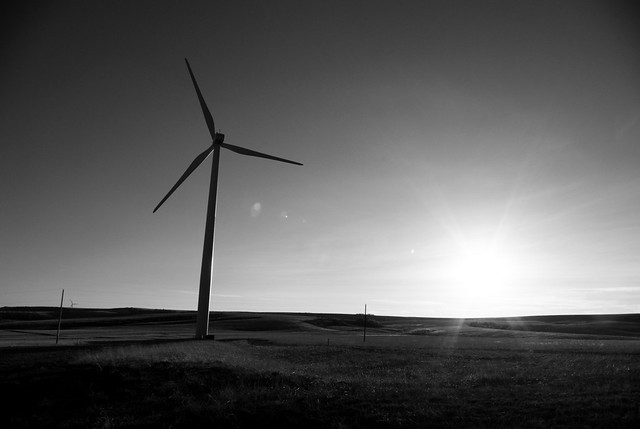Newsletter Signup
Top Tips to Effectively Use Renewable Energy

Image by Austin King
Renewable energy is energy that comes from natural resources. This includes sources such as wind, sunlight, geothermal heat, rain, and tides. Renewable energy can be restocked naturally. The problem in today’s day is the vast use of oil as a fuel of energy. There has to be a drastic change in source of energy in the upcoming years. Following are the top five tips on embracing renewable energy.
Solar Panels
Solar panels are powered through a combination of photovoltaic cells. Electricity is fundamental to our lives. Solar panels have the power to bring mass amount of electricity and are one of the fastest growing energy sources.
Windmills
Wind is a key source of energy—windmills convert wind energy into electricity through the use of wind turbines. Windmills provide electricity for isolated areas and are also rapidly growing—in fact, wind energy has doubled as a source of electricity in the past five years.
Biomass
Biomass is using living or recently dead biological material as a source of fuel, mainly for industrial production sites. For example, dead trees, branches, and yard clippings are all potential sources of biomass energy. Biomass is also biodegradable waste that can be burnt to produce fuel. By collecting and storing these materials, the environment remains cleaner and a small amount of energy is produced.
Tidal power
Tidal energy is produced in a similar way to wind energy, except it’s underwater. Coastal towns can be powered by tidal stream generators or barrage generation. This type of renewable energy reduces the greenhouse effect and provides energy at the same time. Furthermore, tides are more predictable than wind energy and solar power. For this reason, tidal energy is considered to be a popular long-term renewable energy source.
Geothermal power
Geothermal energy is thermal energy generated naturally from the Earth. Small towns can use geothermal heat pumps as a source of electricity. These pumps heat refrigerants (fluid at a low boiling point) deep into the earth. The resulting vapour that emerges into the surface can be used for heating, cooking, and washing. Larger cities and towns can use geothermal power plants as they are reliable, cost effective, and environmentally friendly.





Add Comment: